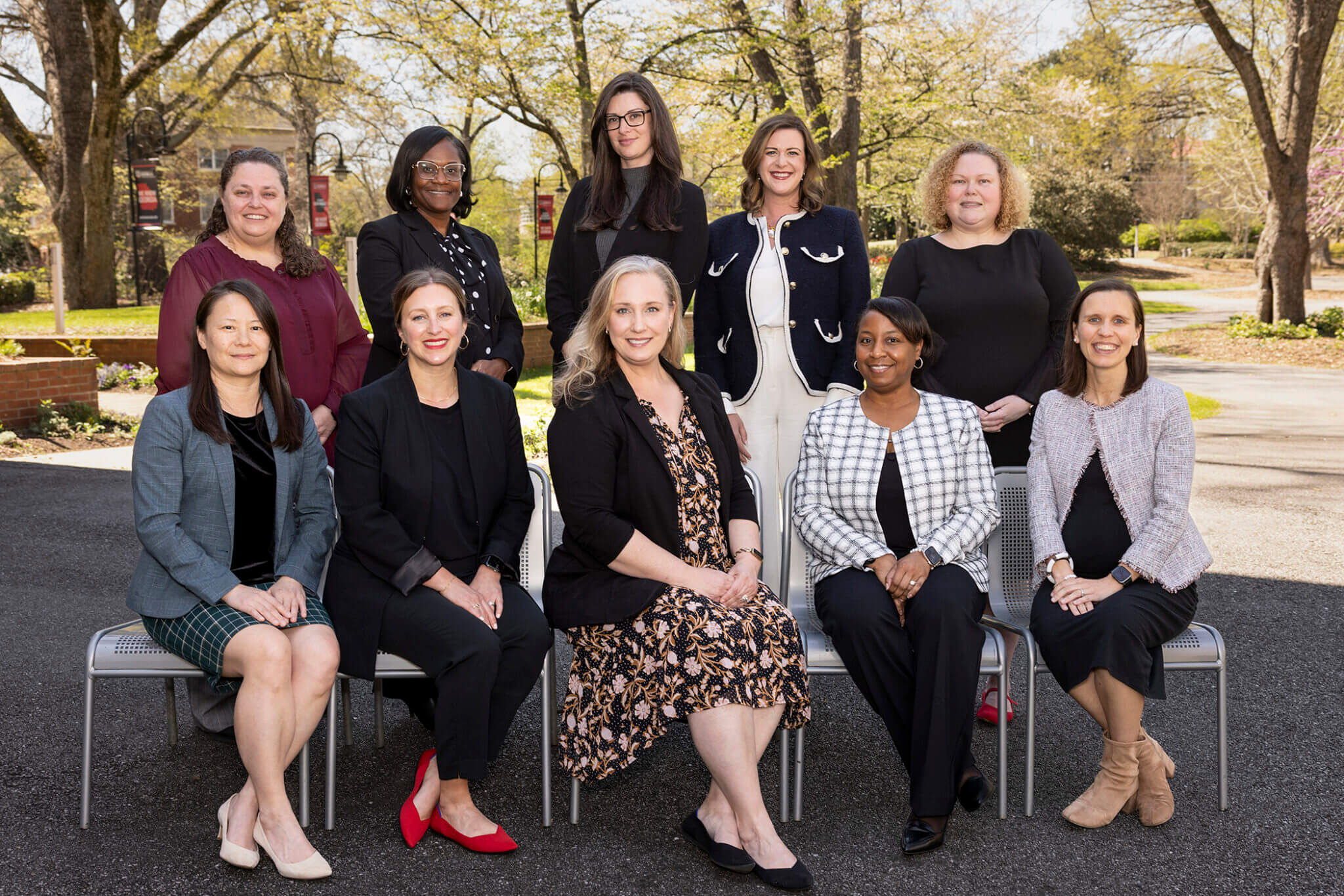By Brad Haire
University of Georgia
Soils in Argentina and Brazil can grow good crops with little
fertilizer. Both countries have fewer pest and disease problems.
Farm laborers work cheap, and chemical costs are low. Brazil’s
growing season, too, is much longer than Georgia’s.
“I’m scared,” said Donald Wood, a farmer from Rochelle, Ga., on
a study trip to the South American countries. “These guys have a
lot of things going for them. It’s going to be tough for us (to
compete).”
Wood and 14 other Georgia farmers traveled with four University
of Georgia experts to study agriculture in the two countries in
January. Georgia Farm Bureau co-sponsored the trip.
“Agriculture in Brazil and Argentina has made great strides in
recent years,” said Gale Buchanan, former dean of the UGA
College of Agricultural and Environmental Sciences. “These
countries are already serious agricultural producers.”
Brazilian and Argentine farmers could become global competitors
for U.S. farmers, said Nathan Smith, an economist with the UGA
Extension Service. “This area could become the breadbasket of
the world.”
Brazil is about as big as the continental United States.
Argentina is nearly a third of the size of Brazil.
Soybeans are the major crop in the area, Smith said. Farmers
there also grow corn, cotton and peanuts, all major Georgia
commodities. Cooperatives there add value to commodities and
save on costs, too.
The group toured the state of Paranà in Brazil and the provinces
of Chaco and Cordoba in Argentina. “These are especially intense
agricultural regions,” Buchanan said.
They spoke with farmers, agribusiness people and university and
government officials. They visited farms, research stations and
farmer-owned cooperatives in both countries.
They found that U.S. and Georgia farmers have advantages, too.
The transportation infrastructure is much better in the United
States, Smith said. Farmers have easier access to capital for
growth. Interest rates are lower, and markets are better and
more established.
Both countries have national agriculture departments. But the
U.S. and Georgia agricultural research and extension services
are much more developed, Buchanan said.
Brazilian and Argentine agricultural officials and farmers often
take U.S. research and apply it to farms there, Smith said. Or
they come to the United States to learn it.
This type of sharing goes both ways. U.S. scientists now are
taking trips to Brazil, for instance, to learn how to handle an
aggressive and deadly soybean disease called Asiatic soybean
rust.
Government support of certain commodities through legislative
farm bills is a plus for U.S. farmers, too, Buchanan said.
(In 2002, Brazil filed a complaint with the World Trade
Organization that claimed certain U.S. cotton subsidies violated
WTO regulations. WTO ruled in favor of Brazil in 2004. The
United States filed an appeal. It was reported today that the
WTO ruled against that appeal.)
Despite the differences, Wood said, there was something
universally familiar about both countries.
“The people we talked to were very eager to share their
information with us … and ask us questions about what we’re
doing,” Wood said. “That’s the case with farmers wherever they
are.”
Ed Kanemasu, director of the UGA office of international
agriculture, helped organize the trip. Miguel Cabrera, a CAES
crop and soil scientist and Uruguay native fluent in Spanish and
Portuguese, coordinated the tours and acted as translator.



